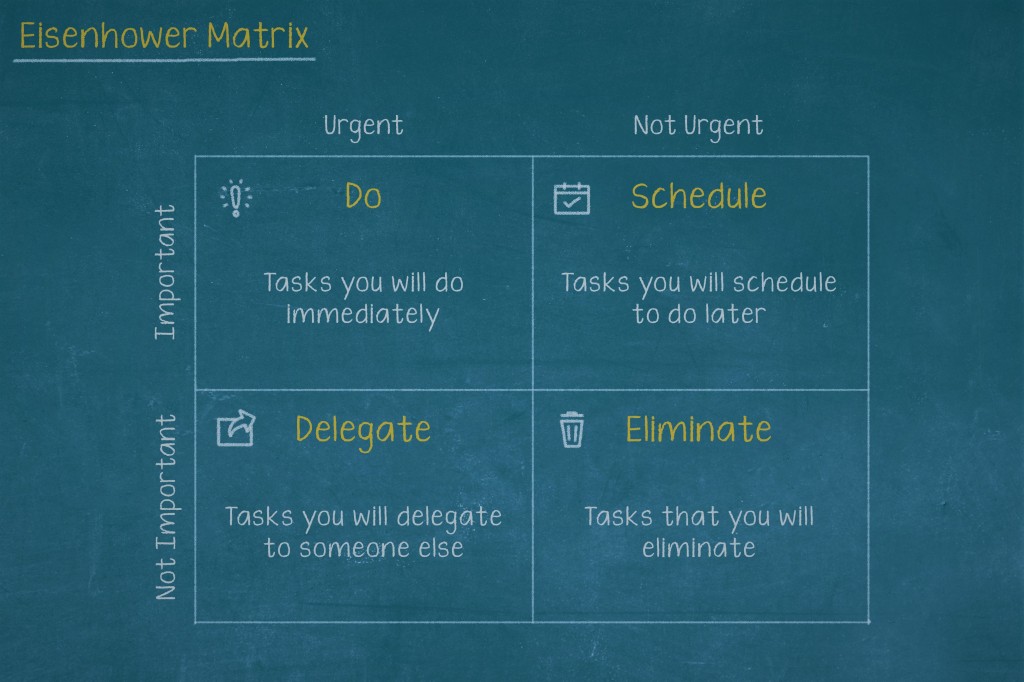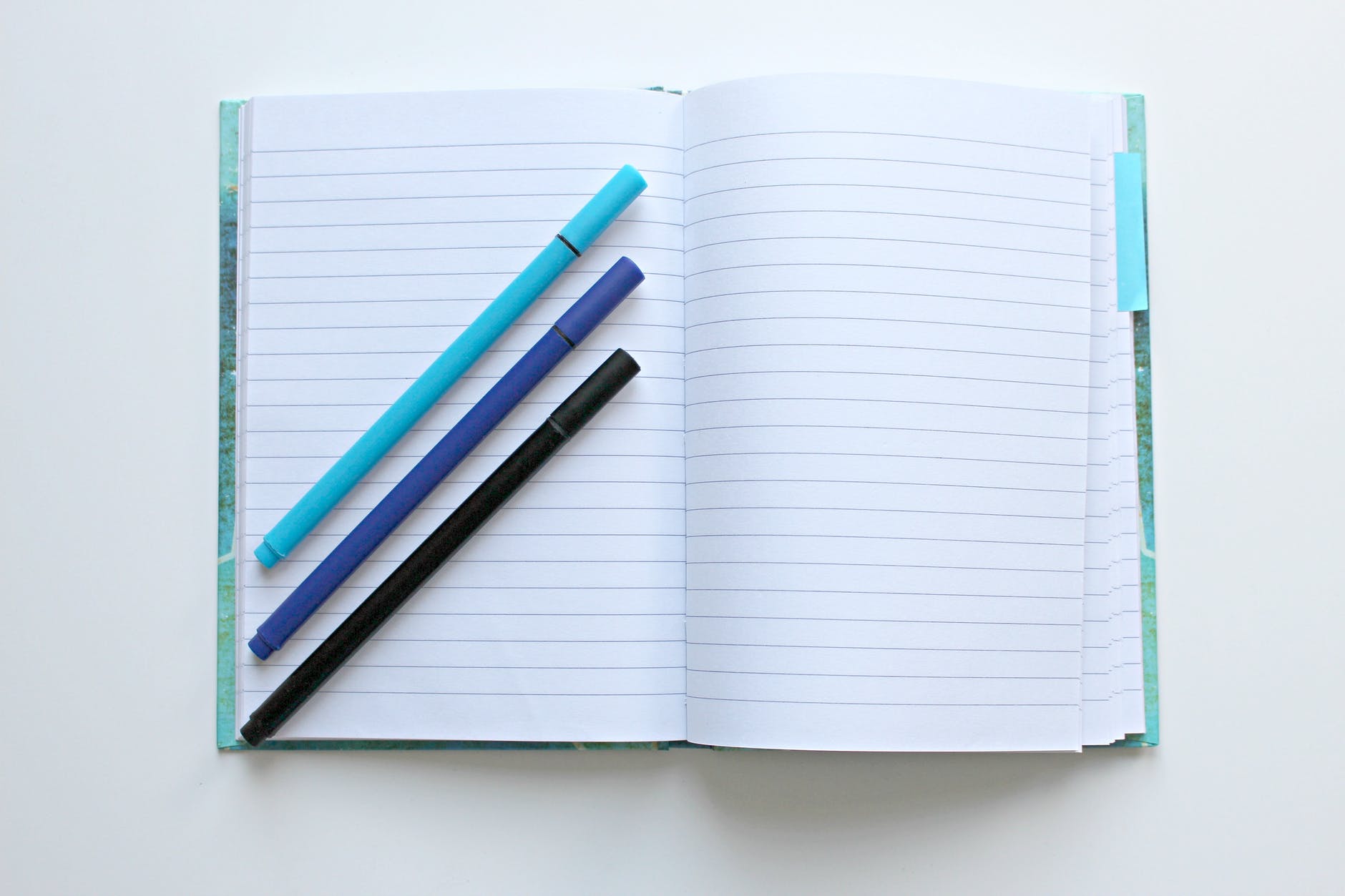Listen on Spotify.
Are you productive? Or are you just busy? There’s a big difference. While being busy can tick things off your to-do list, if you’re truly productive, you’re ticking off the right things. You’re completing tasks that are going to have the biggest impact on your personal and professional life.
I’ve written before about measuring productivity. Soon after I wrote that post, I began to wonder if there was a way to break down the components of productivity so I could more easily pinpoint areas I need to improve. Here’s what I discovered. Hopefully, you’ll find it as useful as I did. Later, I’ll share an idea of how to create a spreadsheet to help you track your progress as you strive to become more productive. First, I’ll break down the concept of productivity into its essential elements.
Let’s find out more.
Productivity: The breakdown
Productivity is all about achieving more in less time, or with fewer inputs — so that you might have some time to follow your passions.
The first thing to do is pinpoint the elements of productivity that cost little but are high impact. But how do you know which areas of productivity will have the biggest impact on your life and work? Let’s break down some aspects of it into categories.
1. Automation
Tasks that are repetitive and simple can be sorted into this group. You can automate things that require work but don’t demand much of the brain. For example, you could use Zapier to transfer tasks into a project management app for you automatically.

2. Efficiency
This is all about concentrating on finishing tasks in the least possible time with minimal effort expended. But beware of the most common pitfall of employing efficient practices. That is, sacrificing quality for speed. So using tools to help you be more efficient, like using predictive text in emails can lower the quality of your work and end up being counterproductive if the tools aren’t used well.
3. Best Practices
When you follow best practices, the quantity, and quality of your output increase. In writing, this might mean following an editing guide before publication. Another example might be following industry-approved guidelines when carrying out your work.
4. Goal Setting
Only by figuring out what your destination is, can you work out which direction you need to travel. Goal setting is laying the first stone on the path to success. You can use goal-setting techniques like SMART (specific, measurable, achievable, realistic, timely) or WOOP (wish, outcome, obstacle, plan). Setting goals isn’t a one-off task but is instead an ongoing process, which is informed by the process of reflection, which we’ll look at next.
5. Reflection
This is measuring outcomes against goals and working out if you’ve achieved the best possible result. It’s connected to setting goals and many of the other categories besides. Take care not to overanalyse results though. Doing that can slow you down and turn into another form of procrastination. You can find out more about why we procrastinate by reading my post on the subject.
6. Flow
Entering a state of flow might be considered the holy grail of productivity. It might more commonly be called getting into the zone. Flow is being fully immersed in a task with effortless and total focus. It’s a state of mind that’s tricky to reach and still harder to maintain. Rituals or habits you engage in to get yourself into a state of flow fall into this category too.
7. Acquisition of Knowledge
You must keep learning if you want to grow as a person. Gathering knowledge covers multiple elements like reading books and articles or taking online courses, to less obvious things that serve to improve memory and deepen understanding.
8. Innovation
Innovation involves coming up with ideas that result in new processes, products, or services being developed or created. Anything related to creativity and problem-solving should be put into this group. It can comprise anything, from solving problems in a creative way to mind mapping.
9. Energy and Motivation
I’ve written before about how being highly motivated can boost your productivity. If you’re unmotivated or dislike doing a given task, you won’t be good at it. Meditation, relaxation, sleep, and a good diet are all vital components that help you maintain high motivation and energy levels.
10. Ensuring Quality
As noted earlier, quality matters as much as speed. To make sure you keep producing high-quality work, you may follow and adhere to industry standards or use metrics specific to your industry. You need to be aware, however, that quality standards will differ considerably, so this category of productivity will vary for each person. A writer like me, for instance, might use editing and proofreading tools such as the Hemingway Editor and Grammarly to help ensure my work is of consistently high quality.
11. Prioritisation
My to-do list is over-stuffed and has been for an age. I’ve no doubt you are or have been, in a similar position. That’s why prioritising tasks and aims is a vital skill that can be improved and developed so that you don’t become overwhelmed and less efficient. One method I like to follow is using the Eisenhower Matrix, to sort urgent tasks from non-urgent ones and the important from the unimportant.

12. Recycling
This category is more abstract. In manufacturing, recycling might mean re-purposing equipment to carry out multiple tasks by using a bit of ingenuity. For programmers, it may be something like using the same line of code in more than one software application.
13. Collaboration and Teamwork
Collaboration and teamwork are great ways to improve, validate and assess your ideas. Industry groups, co-working spaces, and online forums are great examples. You can share information and collaborate with others whilst still protecting your intellectual property. By doing this you can develop your ideas, try out new techniques, and may gradually become more productive in this area.
14. Acquiring Skills
Acquiring skills is much like gathering knowledge, save that it focuses on acquiring hard skills. That is to say, skills that can be measured and taught to others. Hard skills may include getting a university degree, a coding certification or a HGV licence. It’s now more important than ever to acquire new skills in a world where the speed of technological advances means that you must acquire skills to stay up to date.
15. Specialisation
Specialisation, or the division of labour, is one of the main reasons our civilization has advanced so much over the 20th century. Effectively delegating work to others can massively boost your productivity. You can streamline specialisation in many ways. You can put the right people in the right places and keep an eye on the progress of others. In many jobs, you’re reliant on others doing their work well before you are able to complete your own work. After all, would you be able to build a house if the subcontractors hadn’t dug the foundations correctly?
16. Tools
Tools can include any physical means or app you use to do your job. To become more productive you should get rid of tools that don’t help you perform well or even hinder you and make you less efficient. Review the tools you use regularly and keep an eye out for new ones that may prove to be more useful. Some tools you might use include, Trello, Todoist, Evernote, or Hive, as well as a trusty pen and notepad.

17. Tactics
Tactics are techniques you employ to help you finish your work. Refining your tactics or changing them can noticeably increase your efficiency. Some tactics may be as simple as tackling the most cognitively demanding tasks in the morning when you have more energy. By the same token, leaving more creative tasks for the afternoon when possible may be a tactic you adopt to try to maximise your productivity.
Clearly, some of these components fall into multiple categories. Nevertheless, you’re now aware of them and may have some idea which aspects are most pertinent to you. You can begin to assess whether you’re making the most out of them.
What can you do now?
Now you know how to break down productivity, it may be a good idea to itemise all the elements relevant to you and put them on a spreadsheet so you can use them in your work. For example, you might put meditation in the ‘Motivation’ category, do the hardest task first under ‘Tactics’, and Todoist under ‘Tools’. You might even want to score yourself out of ten for each element. You can then update it over time to track your progress.
Summary
We’ve covered all the elements of productivity, from more concrete aspects like setting goals to more abstract categories like recycling. What could be easier than improving your efficiency with the superb new system you’ve created? Give it a go today. Before you know it, you’ll be well on your way to becoming more efficient than ever!
